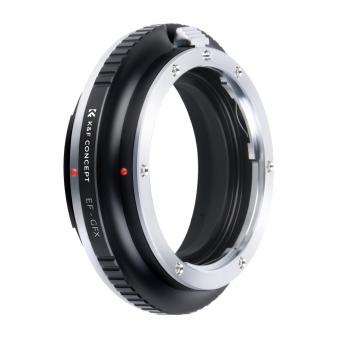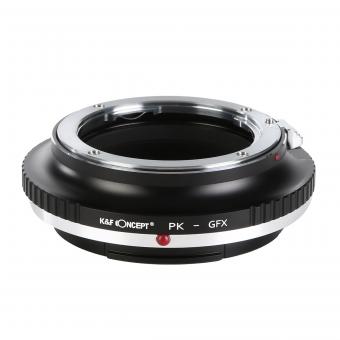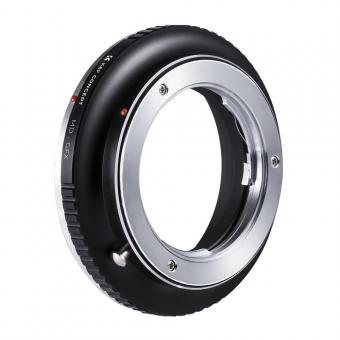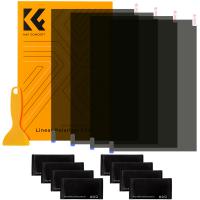Why Use Immersion Oil For Microscope ?
Immersion oil is used for microscopy to increase the resolution and clarity of the image. When light passes through a specimen on a microscope slide, it is refracted or bent, which can cause blurring and distortion of the image. Immersion oil has a refractive index similar to that of glass, which reduces the amount of refraction and allows more light to pass through the specimen and into the objective lens. This results in a clearer and more detailed image.
Immersion oil is typically used with high magnification objectives, such as 100x or higher, and is applied directly to the slide and the objective lens. It is important to use the correct type of immersion oil for the objective lens being used, as different lenses may require oils with different refractive indices. Additionally, care must be taken to avoid getting oil on other parts of the microscope or the slide, as this can cause damage or contamination.
1、 - Definition and Composition of Immersion Oil
Why use immersion oil for microscope?
Immersion oil is a type of oil that is used in microscopy to increase the resolution and clarity of the image. It is used to reduce the amount of light that is lost due to refraction when light passes through the air and into the glass slide. Immersion oil has a higher refractive index than air, which means that it bends light more effectively, resulting in a clearer and more detailed image.
The composition of immersion oil is typically a type of synthetic oil that has a high refractive index, such as cedarwood oil or synthetic oil. The oil is usually clear and colorless, and has a viscosity that is similar to that of honey. It is important to use the correct type of immersion oil for the microscope being used, as different types of oil may have different refractive indices and viscosities.
The use of immersion oil has been a standard practice in microscopy for many years, and it continues to be an important tool for researchers and scientists. However, there are some new developments in microscopy that may reduce the need for immersion oil in certain applications. For example, super-resolution microscopy techniques such as STED and PALM do not require the use of immersion oil, as they use different methods to increase resolution and clarity. Nonetheless, for traditional microscopy techniques, immersion oil remains an essential tool for achieving high-quality images.
2、 - Principle of Immersion Oil in Microscopy
Why use immersion oil for microscope? The principle of immersion oil in microscopy is to increase the numerical aperture (NA) of the objective lens, which is a measure of the lens' ability to gather and resolve light. The NA is limited by the refractive index of air, which is 1.0, and is increased by using a medium with a higher refractive index, such as immersion oil. Immersion oil has a refractive index of around 1.5, which is closer to the refractive index of glass (1.52) and allows more light to enter the lens and be focused on the specimen. This results in a sharper and clearer image with higher resolution and contrast.
In addition to increasing the NA, immersion oil also reduces the amount of light that is lost due to reflection and refraction at the air-glass interface. When light passes from air to glass, some of it is reflected back and some is refracted, causing a loss of intensity and contrast. Immersion oil fills the gap between the lens and the specimen, eliminating the air-glass interface and reducing these losses.
Recent studies have also shown that immersion oil can improve the accuracy and precision of quantitative measurements in microscopy. By reducing the effects of aberrations and increasing the signal-to-noise ratio, immersion oil can enhance the reliability and reproducibility of measurements, particularly in fluorescence microscopy.
In summary, the use of immersion oil in microscopy is essential for achieving high-quality images with improved resolution, contrast, and accuracy.
3、 - Advantages of Using Immersion Oil
Why use immersion oil for microscope? The primary reason for using immersion oil in microscopy is to increase the resolution of the microscope. Immersion oil has a higher refractive index than air, which means that it can bend light more effectively. This allows for more light to enter the objective lens and reach the specimen, resulting in a clearer and more detailed image.
Another advantage of using immersion oil is that it reduces the amount of light scattering that occurs when light passes through the specimen. This scattering can cause blurring and reduce the clarity of the image. Immersion oil helps to minimize this effect, resulting in a sharper image.
In addition, immersion oil can also help to protect the objective lens from damage. When using high magnification, the objective lens is very close to the specimen, and any movement can cause the lens to come into contact with the specimen. Immersion oil creates a barrier between the lens and the specimen, reducing the risk of damage.
Recent studies have also shown that immersion oil can be used to improve the accuracy of diagnostic tests. For example, in malaria diagnosis, the use of immersion oil has been shown to increase the sensitivity of the test, allowing for earlier detection of the disease.
In summary, the use of immersion oil in microscopy has several advantages, including increased resolution, reduced light scattering, protection of the objective lens, and improved accuracy in diagnostic tests.
4、 - Types of Immersion Oil
Why use immersion oil for microscope?
Immersion oil is used in microscopy to increase the resolution and clarity of the image. It is a type of oil that has a refractive index similar to that of glass, which allows light to pass through the specimen and into the objective lens without being refracted or scattered. This results in a sharper and more detailed image.
There are two types of immersion oil: Type A and Type B. Type A oil is used with objectives that have a numerical aperture (NA) of 1.25 or higher, while Type B oil is used with objectives that have an NA of 1.0 or lower. Type A oil has a higher refractive index than Type B oil, which allows for higher resolution and magnification.
Using immersion oil is especially important when observing specimens with high magnification, such as bacteria or cells. Without immersion oil, the image would be blurry and difficult to interpret. Immersion oil also helps to reduce the effects of spherical aberration, which can occur when light passes through a curved surface, such as a lens.
In recent years, there has been a growing interest in using alternative immersion media, such as water or glycerol, instead of oil. These media have lower viscosity and are less toxic than oil, making them more environmentally friendly. However, they do not provide the same level of resolution and clarity as immersion oil, and are not suitable for high magnification microscopy.
In conclusion, immersion oil is an essential tool for achieving high-quality microscopy images. While alternative immersion media may be more environmentally friendly, they do not provide the same level of resolution and clarity as oil. Therefore, oil remains the preferred choice for high magnification microscopy.






































